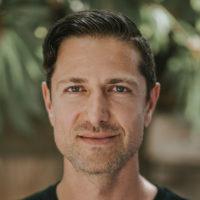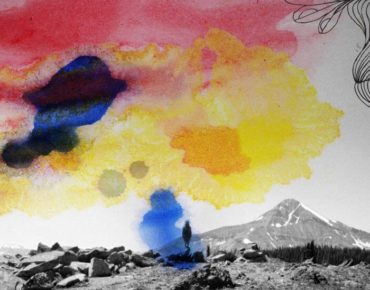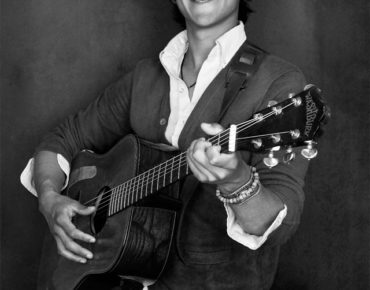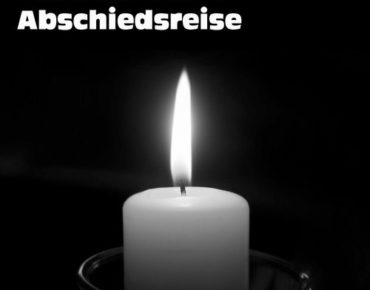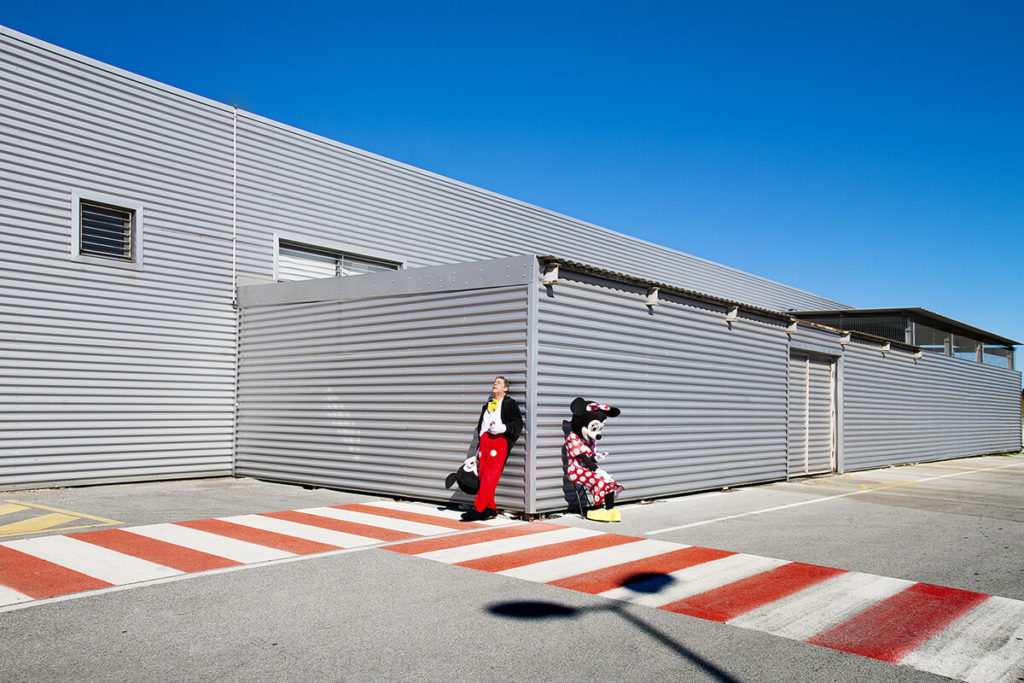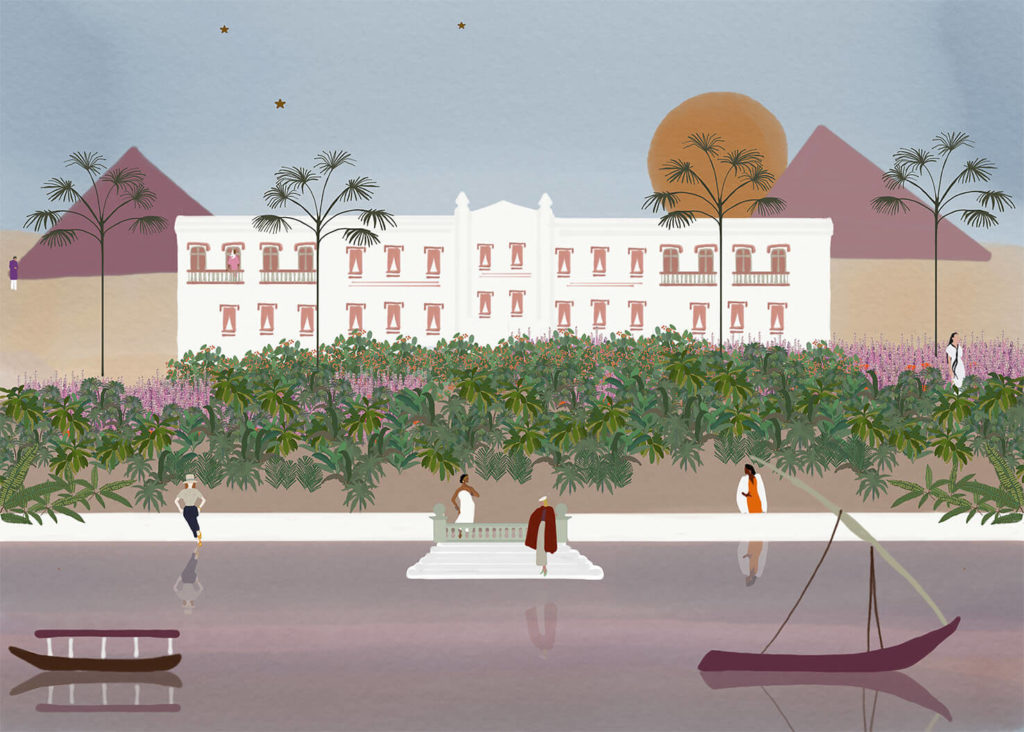Photographed by Dean Bradshaw
Interview by Dersu Rhodes
Shaney Jo makes me say “like” too much. I sound like i’m asking out a girl in 6th grade.
I’m sitting across from Shaney Jo in a room in the Keep A Breast Headquarters in Carlsbad, CA, and I’m nervous but I’m not sure why. Shaney isn’t stern or cold, she’s incredibly beautiful, but is far from vain, and later when I overhear a coworker say, “you look so beautiful today Shaney.” she drops her head shyly, looking down at her necklace and slowly let’s it slip in between her fingers, blushing. It’s that Shaney Jo is changing the world, and millions of people are listening, if that’s not intimidating, I don’t know what is.
Shaney is the iconic woman behind The Keep A Breast Foundation, with their most well-known campaign to date, I Love Boobies (we’re sure you have seen the bracelets) and she is also responsible for the Non-Toxic Revolution, a campaign to create widespread awareness on health and freeing our bodies of toxins. As you read this, Shaney is at the Blooom Art Fair in Cologne, Germany planning the Europe launch of NTR along side Strychnin Gallery, with imagery by Studio No.1 and Shepherd Fairy, she will be pasting the iconic Berlin Wall with Non Toxic Revolution art and messaging next summer. Shaney is leading the march for breast cancer awareness and prevention, while helping women fight a cancer that takes close to 500,000 deaths worldwide in one year. Shaney has been busy.
It’s hard not to say “like” when you are asking questions to a woman who will be doing the next TED talk in San Diego, and I do my best to be calm and approach this interview casually and more personal, which is different then most interviews she has done lately. The media has been focusing on her from a professional perspective, all about her work, and the movements she is leading. I want to focus on a different side of Shaney, the one people don’t get to see as much, the personal side. The side where she misses her dog who passed away last week after having him for 15 years, the side that wonders if her passion will allow her to ever have a normal life.
What were you like growing up?
I was even an entrepreneur as a little kid. I had lemonade stands, and then I would do little performances for the neighborhood, like make people pay to watch me roller-skate to Pack Man Fever. I was a teenager in the eighty’s and super into eighty’s culture. Skateboarding was also a huge part of my life growing up in Southern California. I grew up loving the Bones Brigade, going to all the skate contests in Anaheim and at the Del Mar Skate Ranch, just loving that culture and being a part of it. I had my own clothing line in high school called Shaney jo, and sold it to boutiques in La Jolla. It was a denim line and I would hand paint jeans and sew tchotchkes all over them and sell them for one hundred and fifty bucks. I would leave school at lunch to work at Baskin Robbins because I needed money to buy clothes. I was voted best dressed in High school. To this day people always say I work so much, but that’s how I’ve always been. I’ve always turned my creativity into cash!
Do you ever look back at your life and think maybe you should have played more and worked less?
No, because the work was always based on something I had fun doing—creating, sewing, etc. And I was still able to do things that normal girls did, like ride bikes with my brother, and go to the beach with mom. So I don’t think so.
Where does your creative thinking side come from?
My parents. They have always been really creative and into expression and culture. I was raised with an very simple, non-elitist appreciation of the arts. My father was an art and music collector, and my mother was the type of artist who created out of function and necessity. She taught me how to sew when I was really young, and we always got crazy making halloween costumes instead of buying them. My favorite costume was Hello Kitty, and she made My Melody for my BFF.
Is there anyone that has really inspired you?
I have always been inspired by Patagonia founder Yvon Chouinard. I really look to him for inspiration in regards to the culture of his brand, his business model and his treatment of Patagonia employees. The way he has created a system of freedom and support for the people who work for him is something that I strive to emulate. Working for Keep A Breast can be really gnarly sometimes, because you can get sucked in to the subject and experience emotionally. I spend a lot of time making sure my employees have a life and take care of their personal stuff. To be an effective activist, you have to be able to step away and take care of yourself.
I am also inspired by the teens and young survivors we communicate with. I get so uplifted everyday just by their letters, and by the messages we get on Facebook. Hearing their stories brings me to a place where I can say, “okay, i’m doing the right thing.”
What are you afraid of?
I have a weird fear of whistling. If I hear someone whistle and I can’t see them, I get this strange feeling of panic (laughing).
But on a more personal and honest side, I have to say that I’ve come to a point where I don’t want to grow old alone. I don’t want to be that person who only has a career. I have always been career minded, and I was definitely never that girl who said, “By this age, I have to be married to this type of guy and have this many kids.” Still, I’ve always wanted a family and yeah… it would be nice to not be single forever (laughing).
What are some of your most prized possessions?
If we’re talking about physical objects, I have some jewelry that is really special to me, and has more personal significance than anything else I own. I have a few rings that I associate with certain people and memories, and I also have a necklace with angel wings that a very special friend gave to me. I always wear that necklace when I fly. Anything else, It’s yours. I’m not attached to my stuff!
Has there been a specific catalyst, or shift that as happened that you feel like was a turning point or realization of how powerful what you were doing was?
There was a moment when I realized that the work had true value, in the sense that you could actually see and feel that positive impacts. At that time Keep A Breast was still a side project for me. But one day I was working on a project with David Kinsey and his partner Jana DesForges, and Jana said, “You know what you are doing is amazing right?” I think that statement really hit me hard, because six months later I quite my design job at Sole Tech and started KAB full time.
Up until then, I never thought this would be my path, I always thought that I was going to be a clothing designer. I had known that since I was 14 in my bedroom, designing my own Baskin Robbins-funded denim collection.
What would you say to someone who had a dream of starting a movement that might be along the same lines of KAB? Is there something that you wish you would have known, that you do now, that you think would be important to share with someone who might be in a position to launch a positive but maybe contraversial movement like KAB or NTR?
My first advice would be to take the time to create a mission statement that reflects what you want to accomplish, and why. It has to be very well thought-out, but at the same time very natural. If you have to force it, there’s a problem. The mission statement of your brand or charity or whatever is your Bible. It is your road map for every single action you take, public statement you make, document you publish, blog entry you post, and event you put on. Everything has to come back to your mission and core values. I think a lot of people have an amazing ideas, and they just want to get it out there, sell it, do it, and let everyone know about it. But for longevity, you really have to take that time to make a solid mission statement.
If you believe in it, you can make it happen. Trust me, people will be haters, but you can’t let hate knock you off your path. It was so hard for me to accept that people were going to be mad at me because of boobs, but I come from a culture of skateboarding and art, cultures that encourage you to push the limits and the boundaries. That is what has made KAB different and so powerful. I know we are doing what is right, and for every person that has taken it the wrong way, a millions others have taken it in a beautiful way.
*The end of October marks the end of Breast Cancer Awareness Month, and we felt this is a special way to end an amazing month. To all of you, who donated at a grocery store check out line, who give money and time to help those in need, to help fund precious research, those who wear the bracelet, or find time to remember a loved one, we thanks you. Just because October is over, the fight isn’t… check out the links below to become a part. Every bit of involvement helps and we thank you for reading and hope you share this with others.
follow Keep A Breast on Twitter: http://twitter.com/#!/keepabreast
follow Keep A Breast on facebook: http://www.facebook.com/KeepABreast
visit Keep A Breast on the web: http://www.keep-a-breast.org/
visit Non Toxic Revolution online: http://www.kabntr.org/

